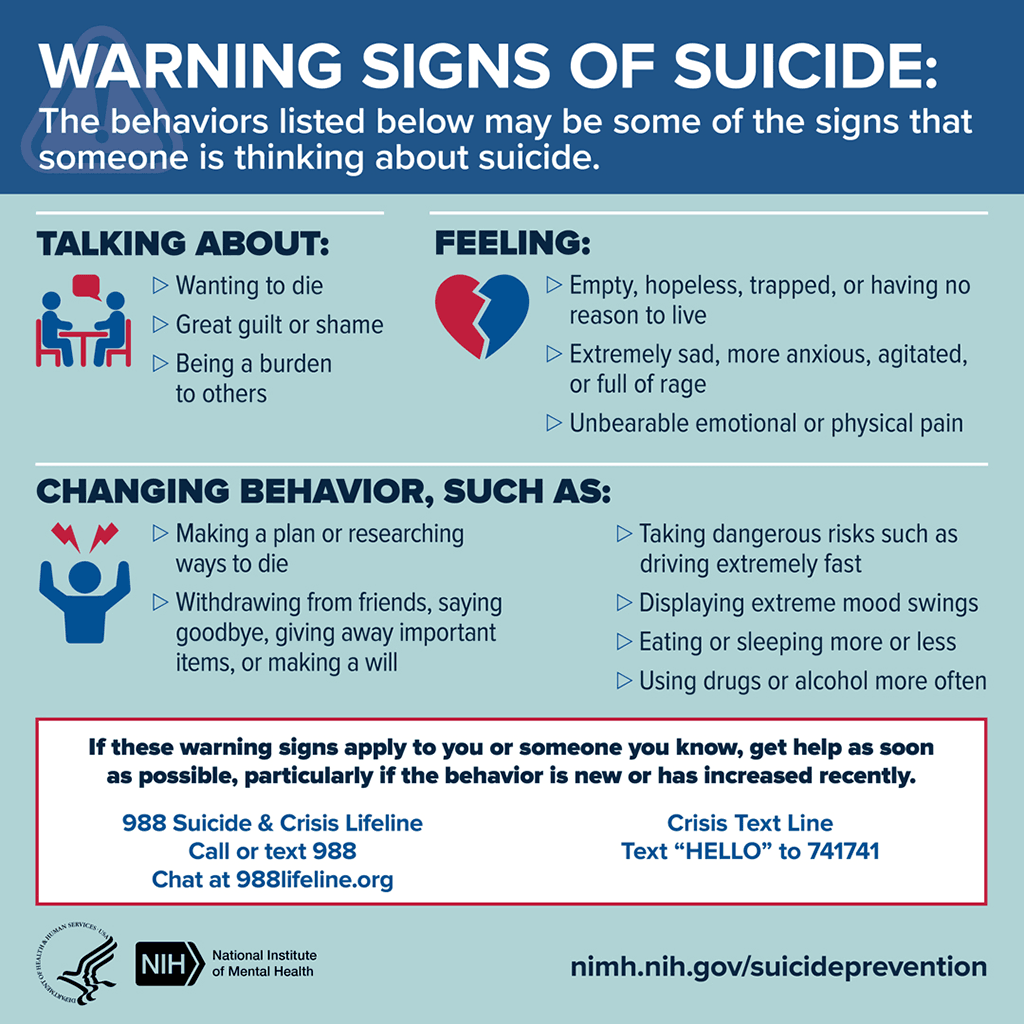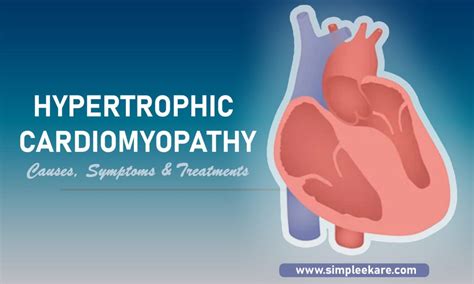Creating a comprehensive suicide safety plan is a crucial step in managing mental health and ensuring the well-being of individuals at risk. This plan is a personal document that outlines specific steps to take when dealing with suicidal thoughts or feelings. It’s tailored to the individual’s unique needs, preferences, and circumstances, providing a proactive approach to managing crises.
Understanding the Importance of a Suicide Safety Plan
A suicide safety plan serves as a guide for individuals to follow during times of intense emotional pain or distress. It is designed to help them cope with their feelings and ensure their safety until the crisis passes or until they can receive professional help. This plan is most effective when developed in collaboration with a mental health professional, who can provide guidance and support throughout the process.
Components of a Suicide Safety Plan
Warning Signs: Identifying personal warning signs that suicidal thoughts or feelings are emerging. These can include changes in mood, behaviors, or physical symptoms such as headaches or stomachaches.
Internal Coping Strategies: Listing strategies that the individual can use to cope with their feelings, such as deep breathing, going for a walk, journaling, or listening to music.
People to Contact for Help: Naming friends, family members, or mental health professionals who can provide support during a crisis. It’s crucial to include phone numbers and other contact information.
Places to Go for Help: Identifying safe places to go when feeling overwhelmed, such as a trusted friend’s home, a local hospital, or a crisis center.
Professional Help: Including contact information for mental health professionals, crisis hotlines, and emergency services. In many countries, there are 24⁄7 hotlines available for individuals in crisis.
Things to Avoid: Listing situations, substances, or contexts that might exacerbate suicidal feelings, such as being alone, using drugs or alcohol, or engaging in risky behaviors.
Reasons to Live: Compiling a list of reasons why life is worth living, including goals, relationships, and personal values. This can serve as a powerful reminder of one’s resilience and purpose.
Developing the Plan
Developing a suicide safety plan involves careful consideration of the individual’s unique needs and circumstances. It should be written down and kept in a place where it can be easily accessed. Here are steps to consider:
Step 1: Recognize Warning Signs and Triggers - Take time to understand what might lead to suicidal thoughts. This could include specific situations, emotions, or physical feelings.
Step 2: Identify Internal Coping Strategies - Think about what has helped in the past to manage difficult feelings. This could include exercise, creative activities, or relaxation techniques.
Step 3: Build a Support Network - List people who are supportive and understanding. This could include friends, family members, or professionals.
Step 4: Know Where to Go for Help - Identify safe places and professional resources. This includes emergency services, crisis hotlines, and mental health clinics.
Step 5: Limit Access to Means - For some individuals, removing or limiting access to means of self-harm can be a critical part of the safety plan.
Step 6: Review and Update the Plan - As circumstances change, so too should the safety plan. Regularly reviewing and updating the plan ensures it remains relevant and effective.
Implementing the Plan
Implementing a suicide safety plan requires commitment and support from both the individual and their network. It’s not a one-time task but an ongoing process that involves:
- Regularly reviewing the plan to ensure it remains effective and relevant.
- Sharing the plan with trusted individuals who can provide support and encouragement.
- Being proactive about seeking help when needed. This includes reaching out to professionals, attending therapy sessions, and engaging in self-care activities.
Conclusion
Creating a suicide safety plan is a powerful step towards managing mental health and ensuring safety during times of crisis. It’s a personalized roadmap that guides individuals through the darkest moments, providing them with the tools and support needed to navigate towards healing and recovery. With the right support, resources, and mindset, individuals can learn to cope with suicidal thoughts and feelings, finding a path forward that is filled with hope, purpose, and meaning.
FAQ Section
What is a suicide safety plan, and why is it important?
+A suicide safety plan is a personalized document that outlines steps to take during a mental health crisis. It's crucial for managing suicidal thoughts and ensuring the individual's safety until they can receive professional help or the crisis passes.
How do I develop a suicide safety plan?
+Developing a suicide safety plan involves identifying warning signs, internal coping strategies, people to contact for help, safe places to go, and professional resources. It should be written down and kept in an accessible place. Collaboration with a mental health professional can provide valuable guidance and support.
What are some essential components of a suicide safety plan?
+Essential components include warning signs, coping strategies, people to contact, safe places, professional help, things to avoid, and reasons to live. Each component is tailored to the individual's unique needs and preferences.
How often should I review and update my suicide safety plan?
+Regular review and updates are crucial to ensure the plan remains effective and relevant. Circumstances change, and so should the plan. This process can be done alone or with the help of a mental health professional.
Is a suicide safety plan only for individuals with a history of suicidal thoughts?
+No, a suicide safety plan can be beneficial for anyone concerned about their mental health. It serves as a proactive tool for managing crises and can be adapted to various situations and needs.
By taking these steps and creating a comprehensive suicide safety plan, individuals can empower themselves with the tools and support needed to navigate through challenging times, fostering a journey towards healing, resilience, and a fulfilling life.



